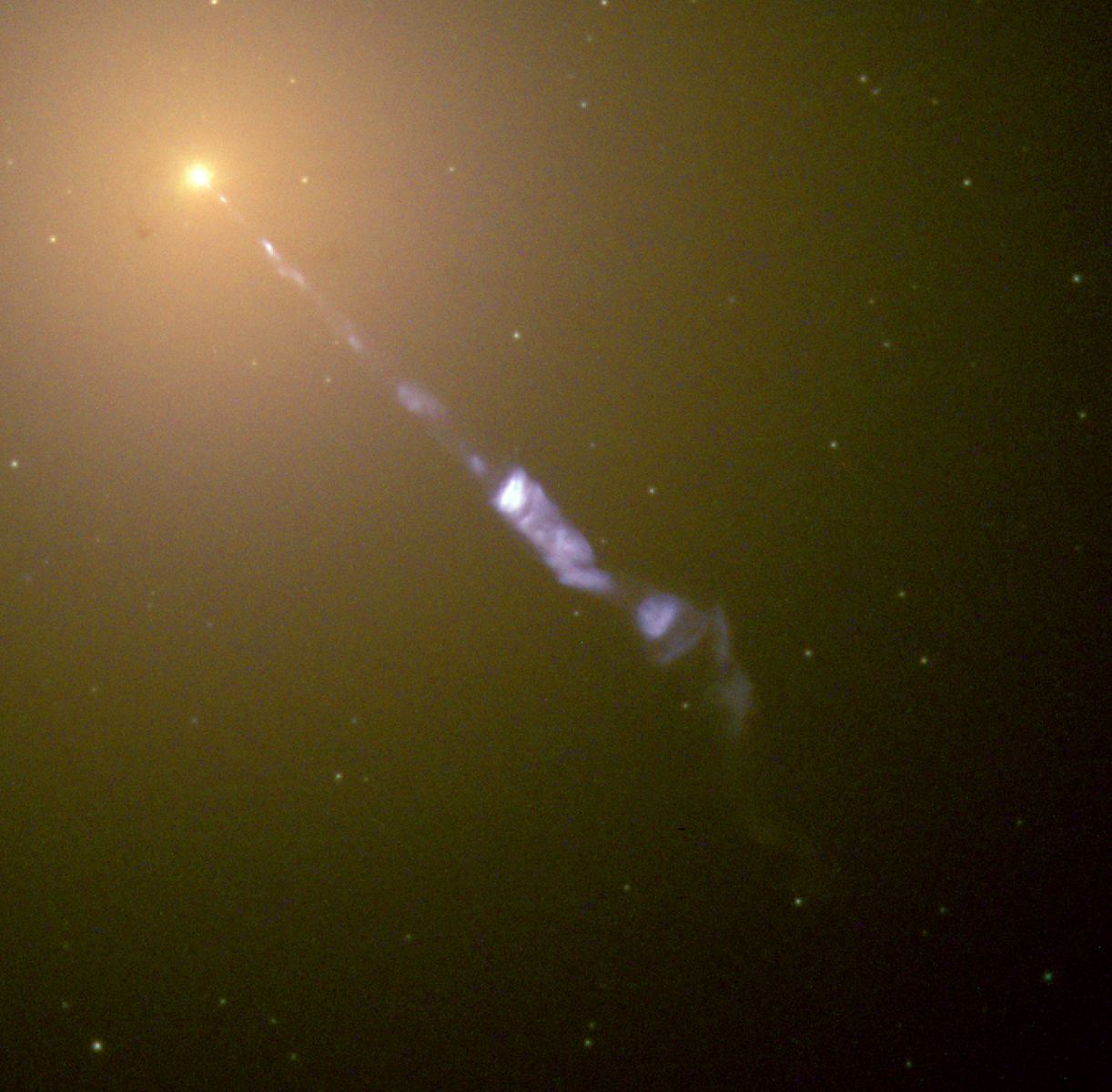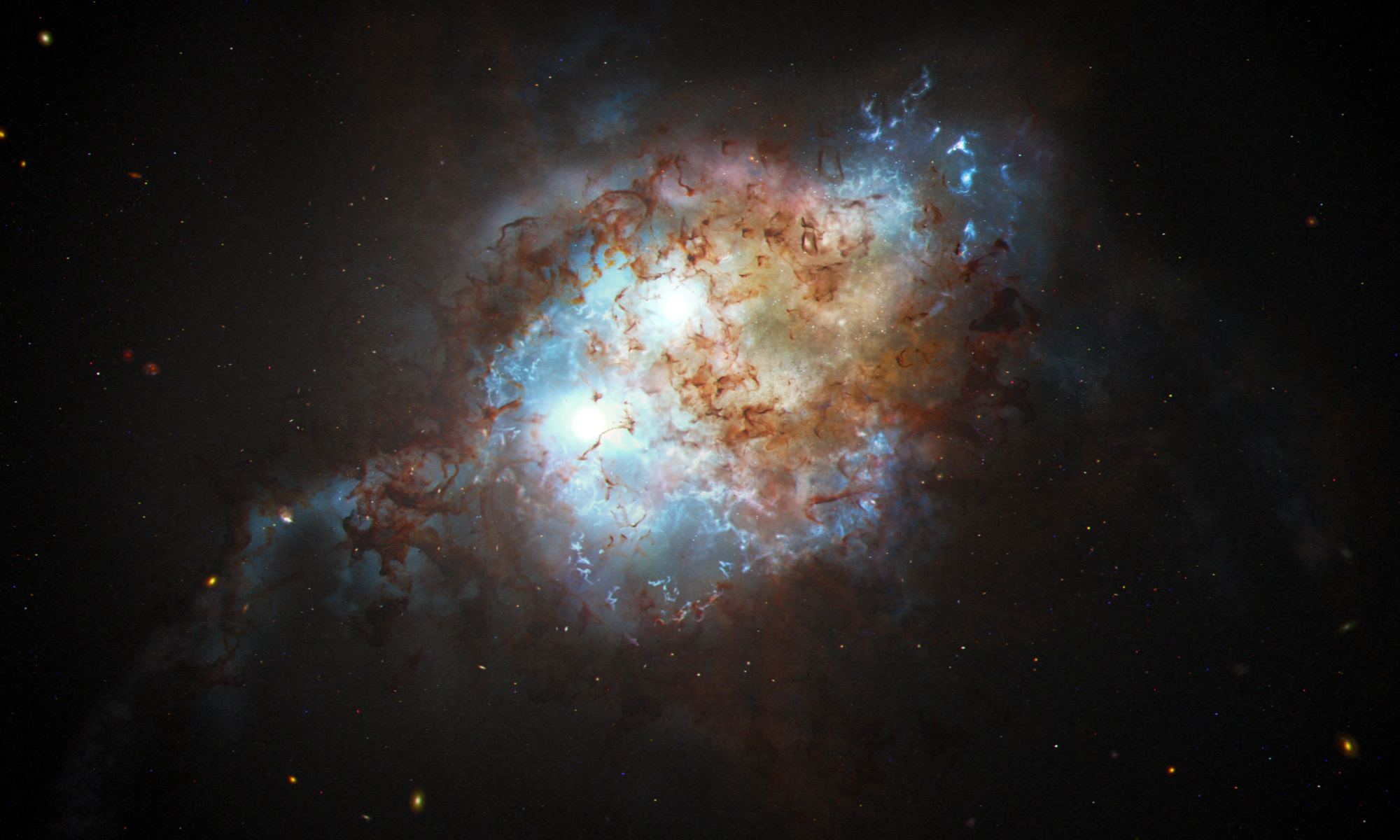Calculating the distance to far-away objects, such as galaxy clusters and quasars, is difficult. But it is also critical to our understanding of how the universe evolves. Luckily, humanity has a trusty workhorse that has been collecting data for such calculations for decades—Hubble. It is by far the best telescope suited to the job, as described by a recent NASA press release about a distance measurement to a supernova in a nearby galaxy.
Continue reading “Only Hubble Could Make this Measurement of a Supernova”Hubble's Back, but Only Using One Gyro

The Hubble Space Telescope has experienced ongoing problems with one of its three remaining gyroscopes, so NASA has decided to shift the telescope into single gyro mode. While the venerable space telescope has now returned to daily science operations, single gyro mode means Hubble will only use one gyro to maintain a lock on its target. This will slow its slew time and decrease some of its scientific output. But this plan increases the overall lifetime of the 34-year-old telescope, keeping one gyro in reserve. NASA is also troubleshooting the malfunctioning gyro, hoping to return it online.
Continue reading “Hubble's Back, but Only Using One Gyro”Hubble Has Accidentally Discovered Over a Thousand Asteroids
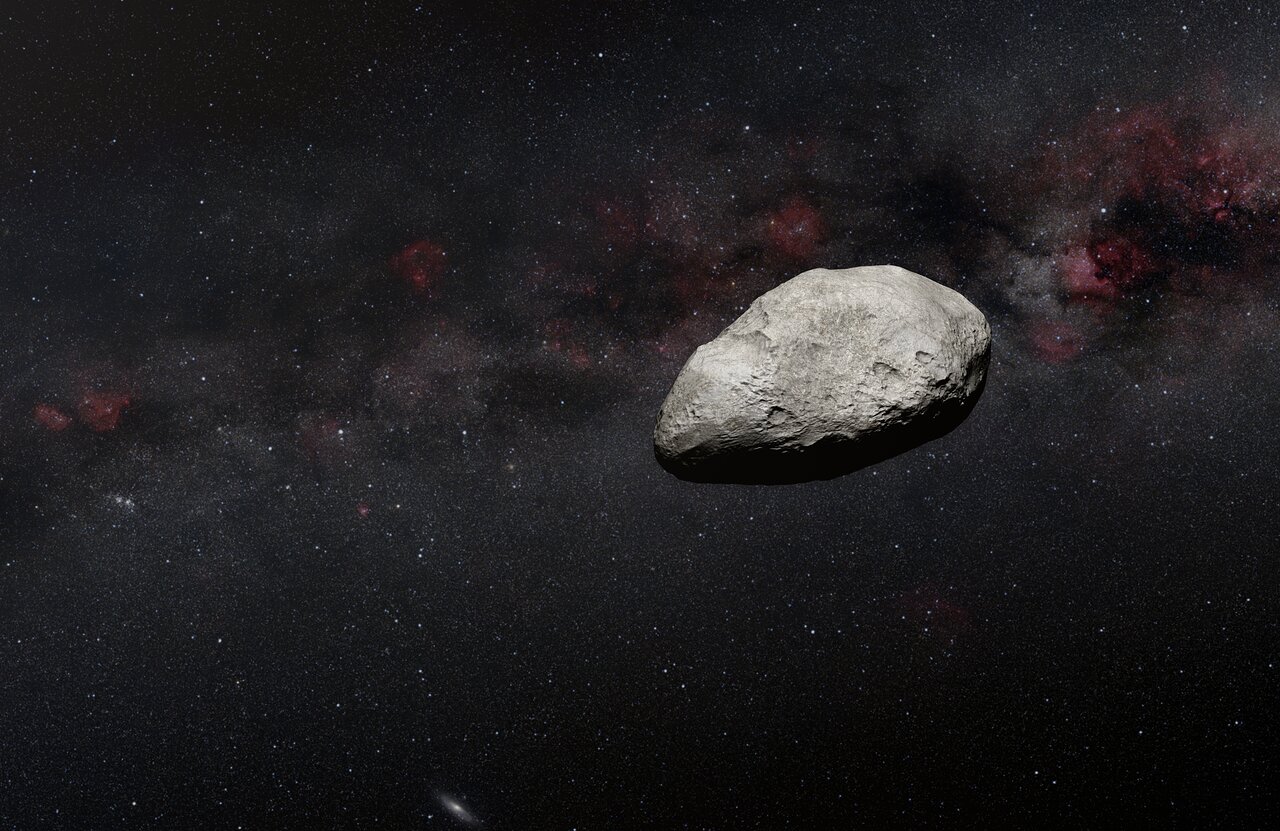
The venerable Hubble Space Telescope is like a gift that keeps on giving. Not only is it still making astronomical discoveries after more than thirty years in operation. It is also making discoveries by accident! Thanks to an international team of citizen scientists, with the help of astronomers from the European Space Agency (ESA) and some machine learning algorithms, a new sample of over one thousand asteroids has been identified in Hubble‘s archival data. The methods used represent a new approach for finding objects in decades-old data that could be applied to other datasets as well.
Continue reading “Hubble Has Accidentally Discovered Over a Thousand Asteroids”If Europa has Geysers, They’re Very Faint
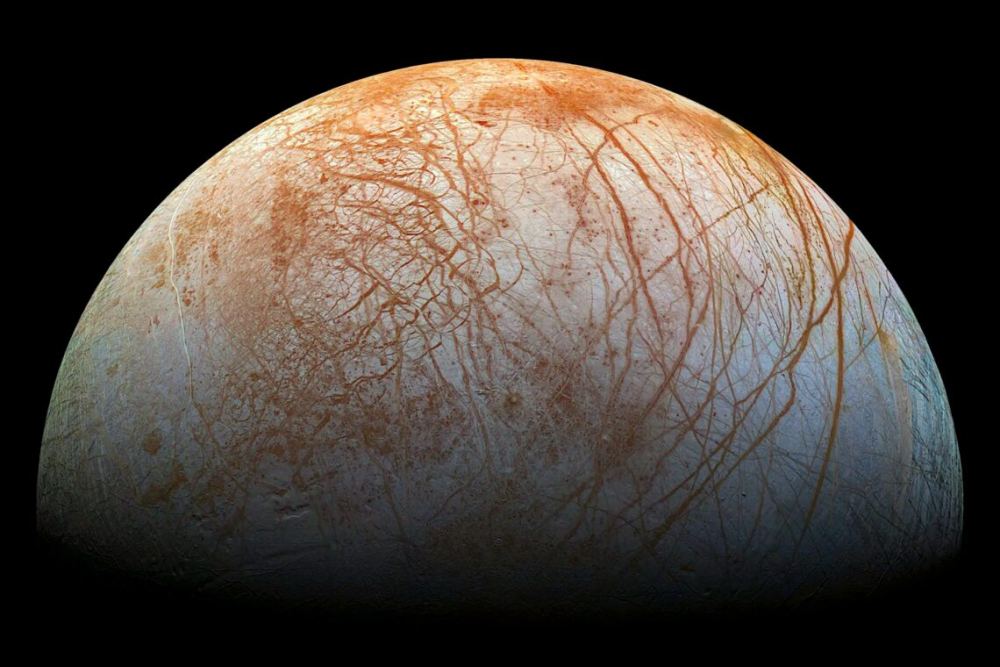
In 2013, the Hubble Space Telescope spotted water vapour on Jupiter’s moon Europa. The vapour was evidence of plumes similar to the ones on Saturn’s moon Enceladus. That, and other compelling evidence, showed that the moon has an ocean. That led to speculation that the ocean could harbour life.
But the ocean is obscured under a thick, global layer of ice, making the plumes our only way of examining the ocean. The plumes are so difficult to detect they haven’t been confirmed.
Continue reading “If Europa has Geysers, They’re Very Faint”It’s Time for Saturn’s “Spokes” to Return
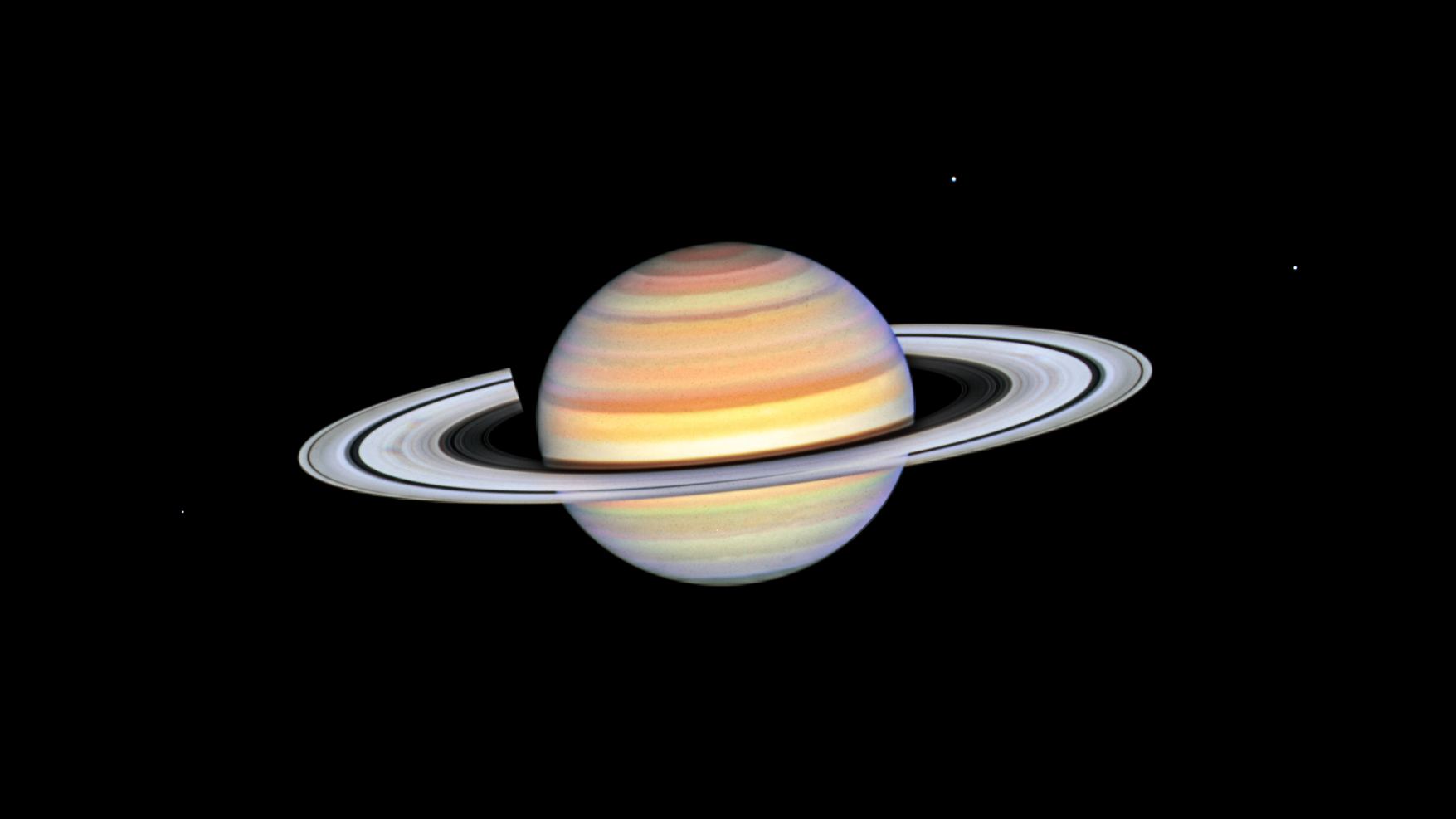
Astronomers have been observing Saturn with the Hubble Space Telescope and several other spacecraft for decades and have noticed something unusual. During seasonal changes, transient spoke-like features appear in the rings. These dark, ghostly blobs orbit around the planet 2-3 times, and then disappear.
As Saturn is approaching its equinox, this is prime spoke activity time. Once again, Hubble has been called to gaze at Saturn, tracking the behavior of the spokes and hopefully giving astronomers more clues as to why they occur.
Continue reading “It’s Time for Saturn’s “Spokes” to Return”Compare Images of a Galaxy Seen by Both Hubble and JWST
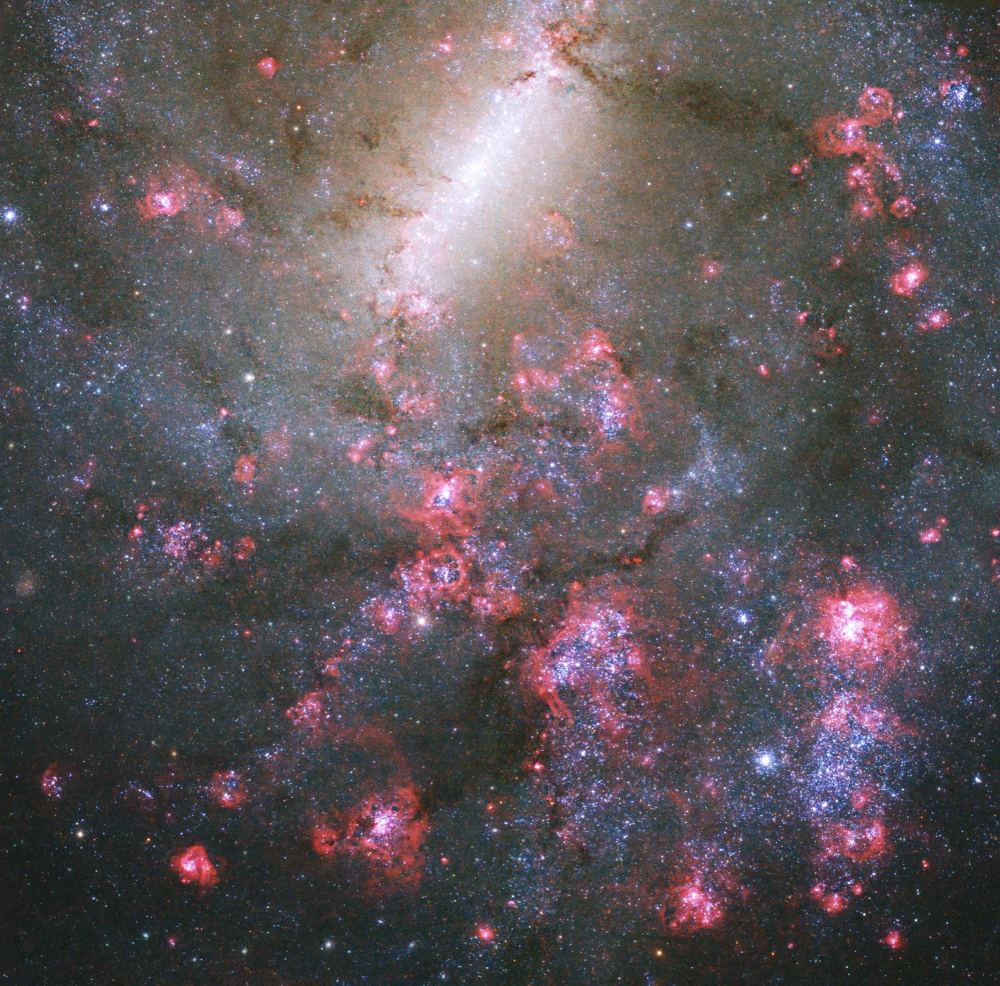
The James Webb Space Telescope is widely considered to be better than the Hubble Space Telescope. But the JWST doesn’t replace its elder sibling; it’s the Hubble’s successor. The Hubble is nowhere near ready to retire. It’s still a powerful science instrument with lots to contribute. Comparing images of the same object, NGC 5068, from both telescopes illustrates each one’s value and how they can work together.
Continue reading “Compare Images of a Galaxy Seen by Both Hubble and JWST”M87's Jet is Triggering Novae
Everyone loves a good mystery, and astronomers have just uncovered a new one in a nearby supermassive galaxy called M87. Like most galaxies, M87 regularly plays host to a smattering of stellar explosions called novae, each the result of a star stealing material from a neighbour. M87 also features a massive jet of plasma blasting out into deep space from the galactic core. These phenomena: the jet and the novae, are unrelated astronomical occurrences, or so scientists believed. But astronomers recently discovered that the novae in M87 seem to be uncharacteristically aligned along the jet, instead of scattered randomly throughout the galaxy. Is the jet somehow triggering nova explosions?
It might be, but the mystery is: how?
Continue reading “M87's Jet is Triggering Novae”A Collection of New Images Reveal X-Rays Across the Universe
One of the miracles of modern astronomy is the ability to ‘see’ wavelengths of light that human eyes can’t. Last week, astronomers put that superpower to good use and released five new images showcasing the universe in every wavelength from X-ray to infrared.
Combining data from both Earth- and ground-based telescopes, the five images reveal a diverse set of astronomical phenomena, including the galactic centre, the death throes of stars, and distant galaxies traversing the cosmos.
Continue reading “A Collection of New Images Reveal X-Rays Across the Universe”A Black Hole Switched On in the Blink of an Eye
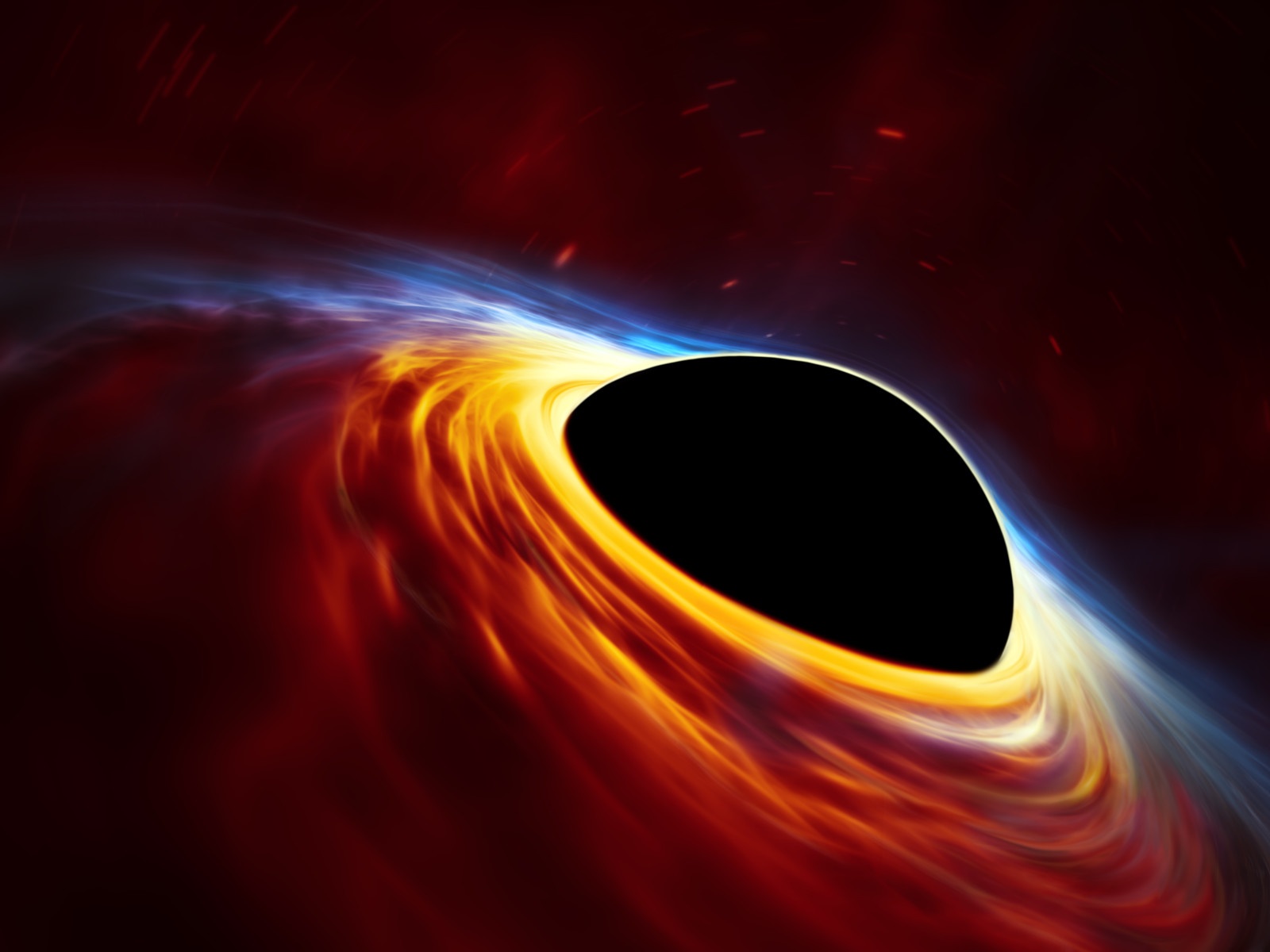
In 2019, a team of astronomers led by Dr. Samantha Oates of the University of Birmingham discovered one of the most powerful transients ever seen – where astronomical objects change their brightness over a short period. Oates and her colleagues found this object, known as J221951-484240 (or J221951), using the Ultra-Violet and Optical Telescope (UVOT) on NASA’s Neil Gehrels Swift Observatory while searching for the source of a gravitational wave (GW) that was thought to be caused by two massive objects merging in our galaxy.
Multiple follow-up observations were made using the UVOT and Swift’s other instruments – the Burst Alert Telescope (BAT) and X-Ray Telescope (XRT), the Hubble Space Telescope, the South African Large Telescope (SALT), the Wide-field Infrared Survey Explorer (WISE), the ESO’s Very Large Telescope (VLT), the Australia Telescope Compact Array (ATCA), and more. The combined observations and spectra revealed that the source was a supermassive black hole (SMBH) in a distant galaxy that mysteriously “switched on,” becoming one of the most dramatic bursts of brightness ever seen with a black hole.
Continue reading “A Black Hole Switched On in the Blink of an Eye”Hubble Sees Two Quasars Side by Side in the Early Universe
When it comes to the brightest, most powerful objects in the Universe, not much can beat a Quasar. A Gamma Ray Burst from a supernova might be more energetic, but doesn’t last very long. Quasars, by comparison, can churn out 1000 times the radiation of the Milky Way, and keep doing it for hundreds of millions of years.
They get all this energy from the supermassive black holes that live at the center of galaxies. As material falls towards the black hole, an accretion disk forms around it: a swirling cloud of energetic material which heats up through friction and releases electromagnetic radiation. The resulting Quasar can be so bright it drowns out the light from the rest of its galaxy from our perspective.
On April 5th, researchers announced the discovery of a rare double quasar in the early Universe. The two quasars are gravitationally bound, spiraling in towards each other. Their host galaxies are in the process of merging, and the supermassive black holes generating the quasars will also eventually collide and merge.
Continue reading “Hubble Sees Two Quasars Side by Side in the Early Universe”

